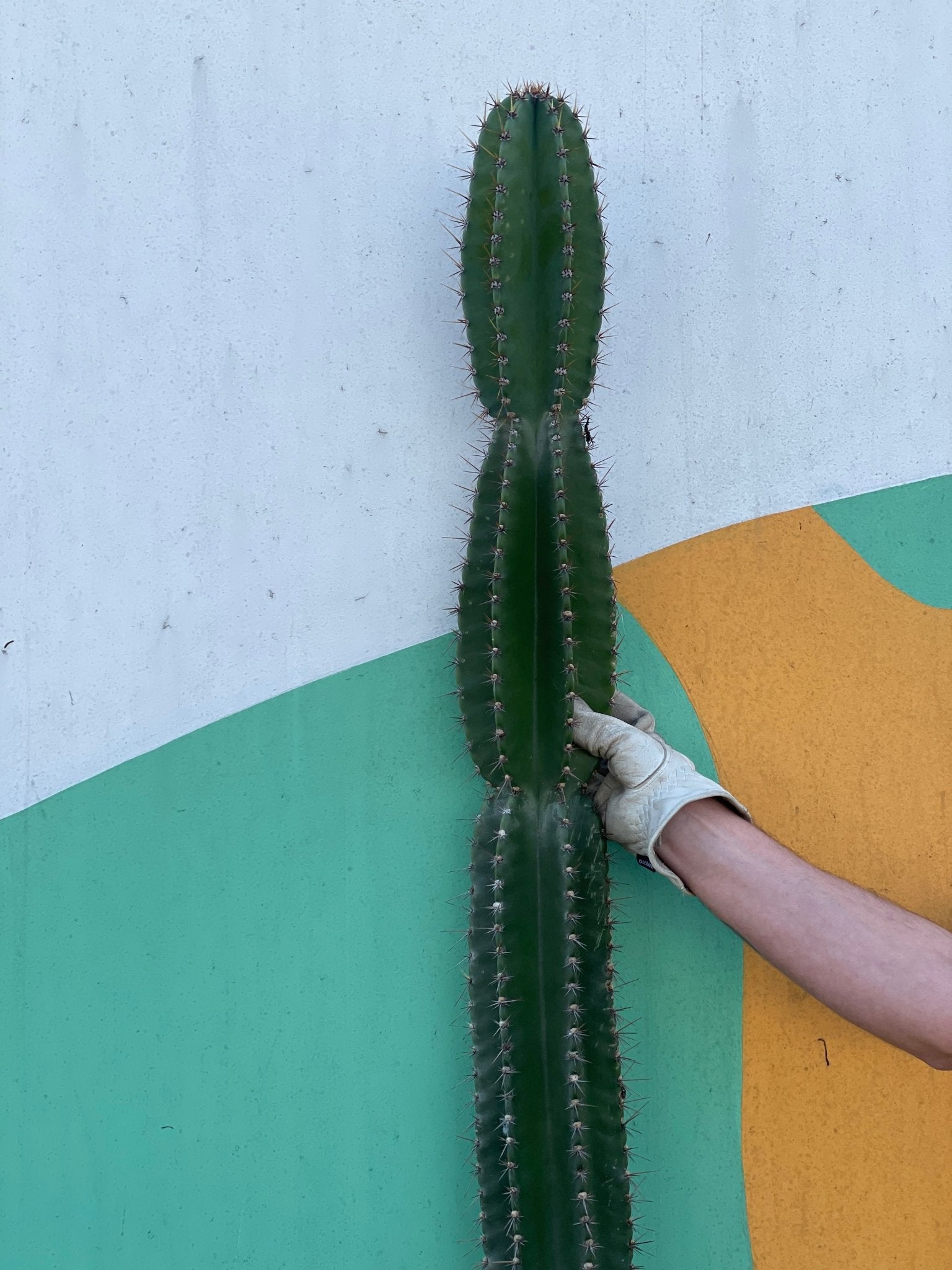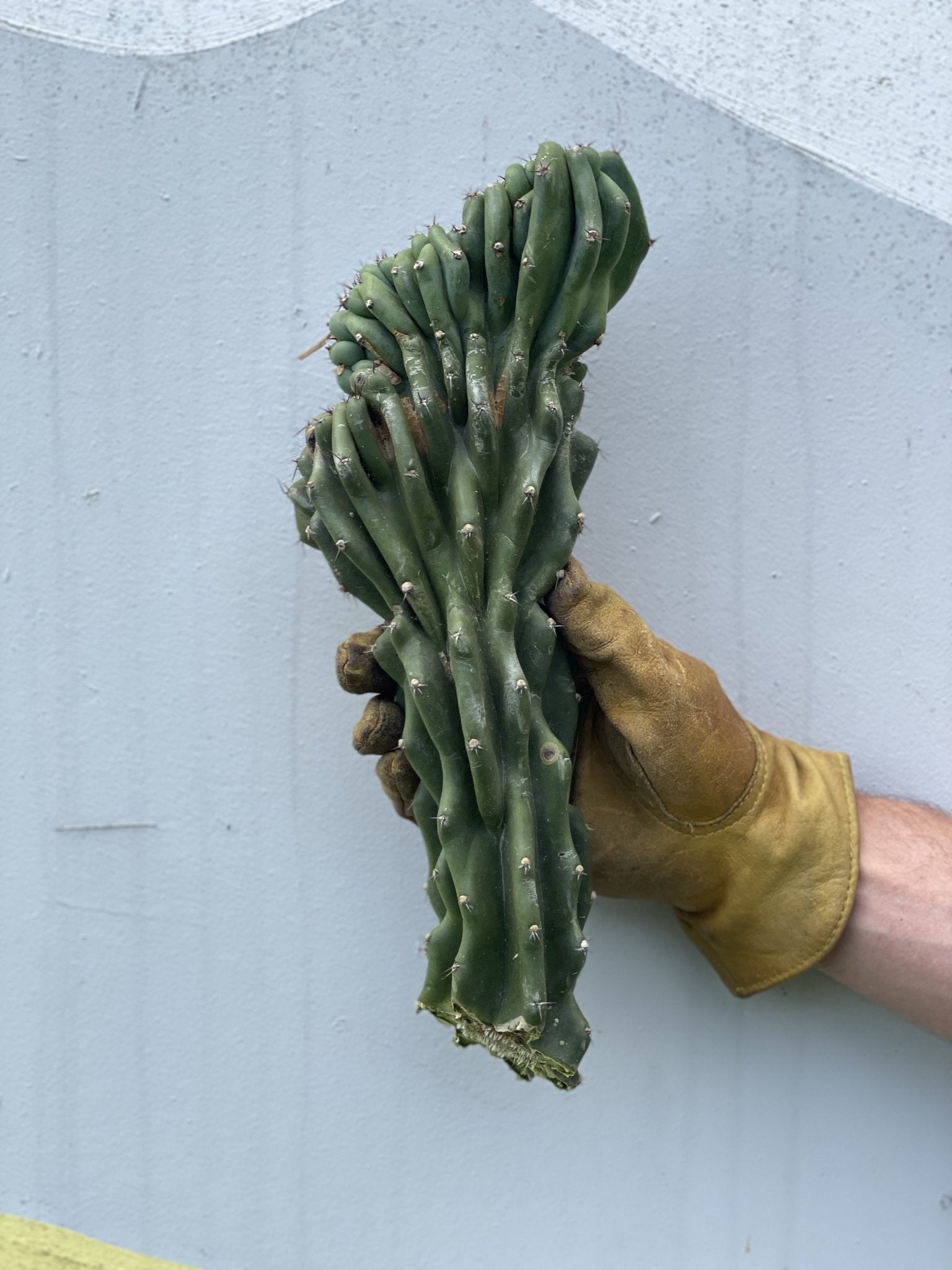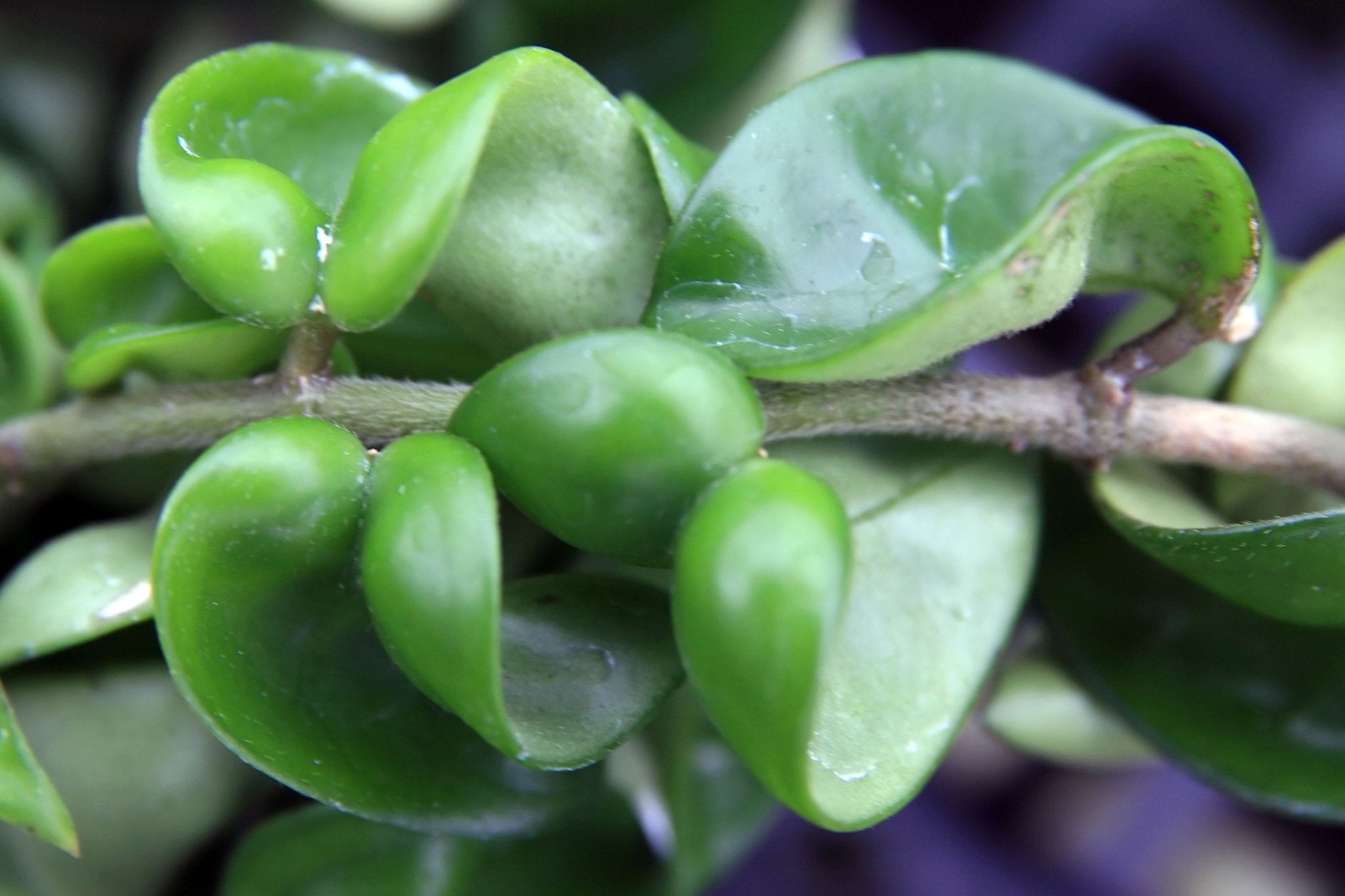The Hindu rope plant, also known as the porcelain flower, or wax plant, is a very beautiful, ornamental, and versatile plant that can add the perfect finishing touch to any corner of your house or office. Interestingly, it's native to India, where it has been worshiped as the Hindu god Vana for centuries. Since this plant is hardy and easy to care for, it's a great option for those who aren't exactly green thumbs but still want a jungle-like feel in their home.
In this article, we will take a closer look at the Hindu Rope plant and go over some tips on how to care for it
Origins of the Hindu Rope Plant
The Hindu rope plant is native to India, where it has been worshiped as the Hindu god Vana since ancient times. The leaves were used to make a ritual garland in Hindu ceremonies. The dried leaves of the Hindu rope plant are still used today to decorate altars during religious festivals. The name refers to the fibrous nature of the stems which have been used as a source of fiber for making ropes and fabric in India for thousands of years.
How to Care for a Hindu Rope Plant
The Hindu rope plant is very easy to care for and is a great option for beginners who want to add a tropical feel to their home. If you’re growing it indoors, make sure that you have a south-facing window so that it gets plenty of direct sunlight. It also prefers moist soil, so make sure you water it regularly. However, don’t overwater it as that can cause root rot.
The ideal temperature for growing a Hindu rope plant is between 60°F and 80°F. This plant doesn't like extreme temperatures, so avoid overwatering it in the winter as temperatures tend to get cooler, and the plant might not get enough water.
The Hindu rope plant is also a vigorous climber, so make sure you give it something to climb on. Use something that's sturdy enough to support its weight, such as a trellis or a pole. You can also use a hanging basket or a pot with a lid that lets in enough light.
You should also consider repotting it every few years, as it will likely outgrow its pot within 18-24 months. The repotting process can seem a bit tricky at first, but once you’ve done it a couple of times, it’s actually pretty simple and straightforward.
How to Repot a Hindu Rope Plant
If your Hindu rope plant seems to be growing too large for its pot, it's time to repot it. Start by removing the old soil from the pot. If there are any rotting parts, remove them as well. Make sure to wash the pot with warm water and mild soap. Next, add potting soil to the container.
Make sure to choose a soil that’s rich in nutrients and doesn’t contain any pesticides. Once you’ve added the potting soil, carefully place your Hindu rope plant in the container, making sure to cover its roots with the nutrients in the soil. Once your plant is in its new pot, water it with a bit of fertilizer and make sure that the soil remains moist. If it’s too dry, your plant could die.
Common Diseases
The Hindu rope plant is a hardy and relatively low-maintenance semi-succulent, and as such, it's fairly resistant to most common plant ailments and diseases. That said, there are a few maladies that can affect Hindu rope plants. Fortunately, these infirmities are mild and can almost always be cured with proper care and attention.
Powdery Mildew
Powdery mildew is a common disease that affects many houseplants, including the Hindu rope plant. The first sign of this disease is white, powdery spots that appear on the leaves. Over time, these spots will turn gray and eventually black, and the leaves will die. The best way to control powdery mildew is to keep your Hindu rope plant's leaves clean by wiping them down with a cotton swab dipped in rubbing alcohol every two weeks.
Anthracnose
Anthracnose is another common disease that affects the Hindu rope plant. This disease causes leaves to turn yellow or brown and then die. Anthracnose can also cause dark spots on the stems. There are a few things you can do to control anthracnose. First, you can prune away any diseased leaves or stems. You can also apply a fungicide to the plant to control the disease.
Pests
As with any houseplant, it’s possible that you can get pests like mealybugs or spider mites. If you spot these pests, you can use insecticides or insecticidal soap to get rid of them. In most cases, these sorts of pests will not return once treated, but be sure to remove any leaves that have eggs on them because if left untreated, these eggs will hatch, and the problem will multiply.
Summary
The Hindu rope plant is a great option for those who want an easy-to-care-for houseplant. They’re relatively inexpensive to buy and can be easily propagated. You can place your Hindu rope plants in various spots around your home, from the living room to the office, to add a burst of color to any space. By following the tips and tricks in this article, you’ll be able to keep your Hindu rope plant healthy and happy for many years to come.












Leave a comment